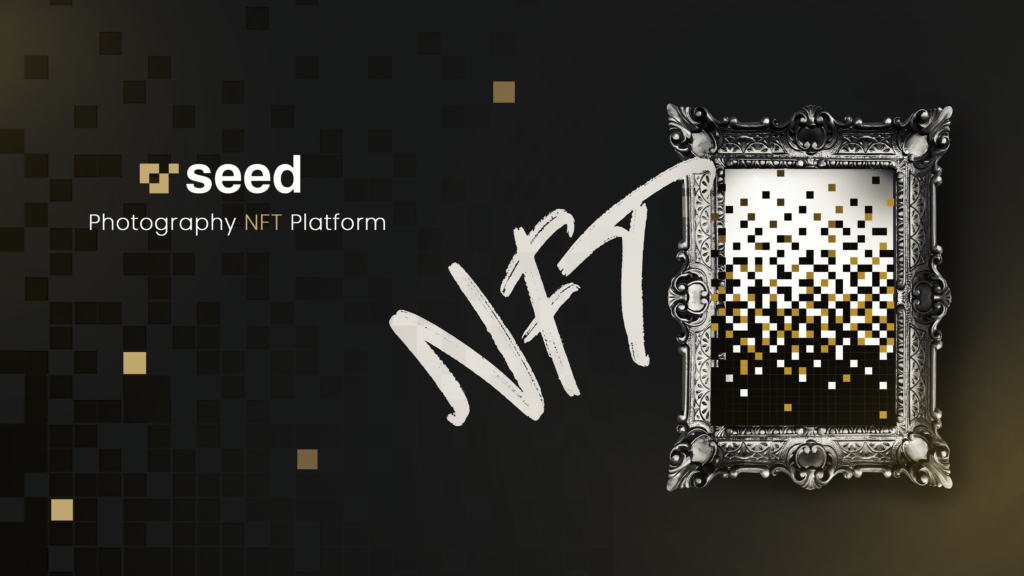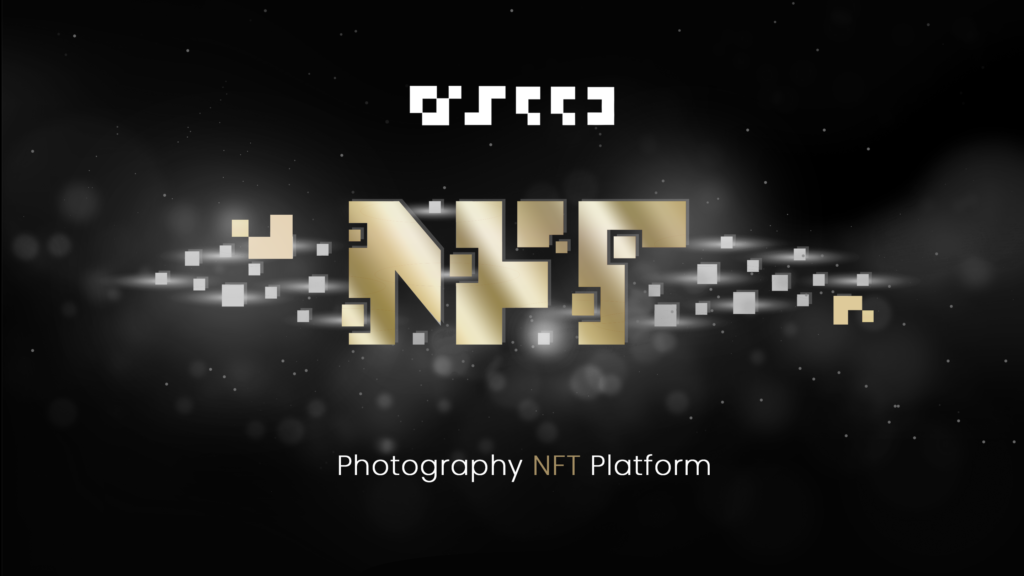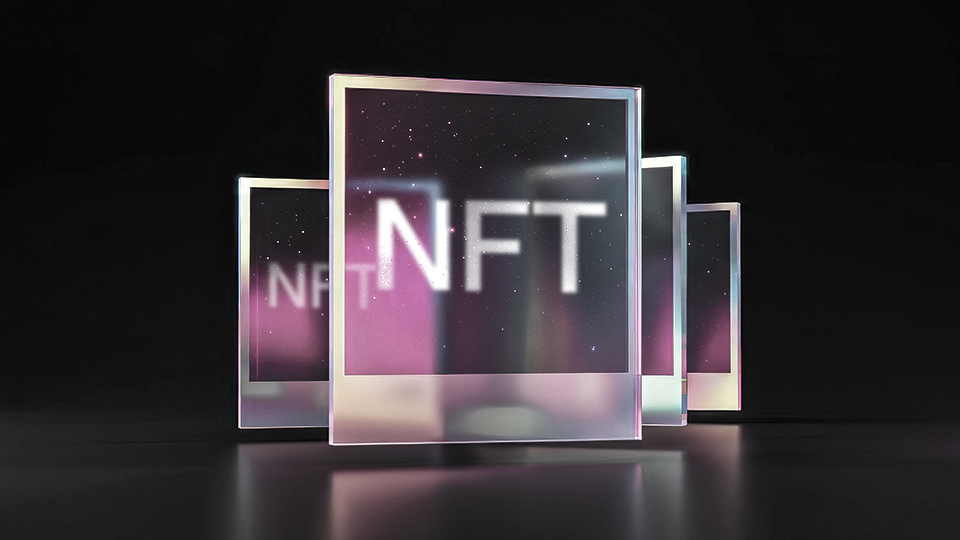Embracing Digital Transformation
The realm of photography has undergone a transformative journey, evolving from traditional prints to the digital age, and finding a new home in the world of NFTs. In the traditional landscape, photographers relied on physical prints to showcase their work, limiting accessibility and ownership. The digital revolution, however, has paved the way for a democratized art form, allowing photographers to transcend physical constraints and reach global audiences.
NFTs as Catalysts for Change
NFTs have emerged as the catalysts for this profound change. By tokenizing digital photographs on blockchain networks, artists can now establish ownership and authenticity in the digital realm. Each NFT acts as a unique certificate of ownership, providing a secure and transparent way for collectors to engage with and invest in photographic art. This shift not only introduces a new revenue stream for photographers but also fosters a direct connection between creators and their audiences.

Exploring New Avenues for Creativity
The transition from traditional to digital photography within the NFT space has unlocked new avenues for creativity. Photographers are no longer confined to the limitations of physical prints; they can experiment with dynamic, interactive, and even augmented reality elements within their digital pieces. This newfound freedom encourages innovation, pushing the boundaries of what is possible in visual storytelling. As artists embrace the digital canvas, NFT photography becomes a dynamic fusion of technology and artistic expression.
Conclusion: A Transformative Future
The evolution of photography from traditional to digital, as facilitated by NFTs, marks a transformative era for the artistic community. Through the fusion of technology, blockchain, and artistic innovation, photographers are redefining their craft and reshaping the way art is valued and consumed. As the NFT landscape continues to mature, it holds the promise of a more inclusive, accessible, and creatively vibrant future for photography.





